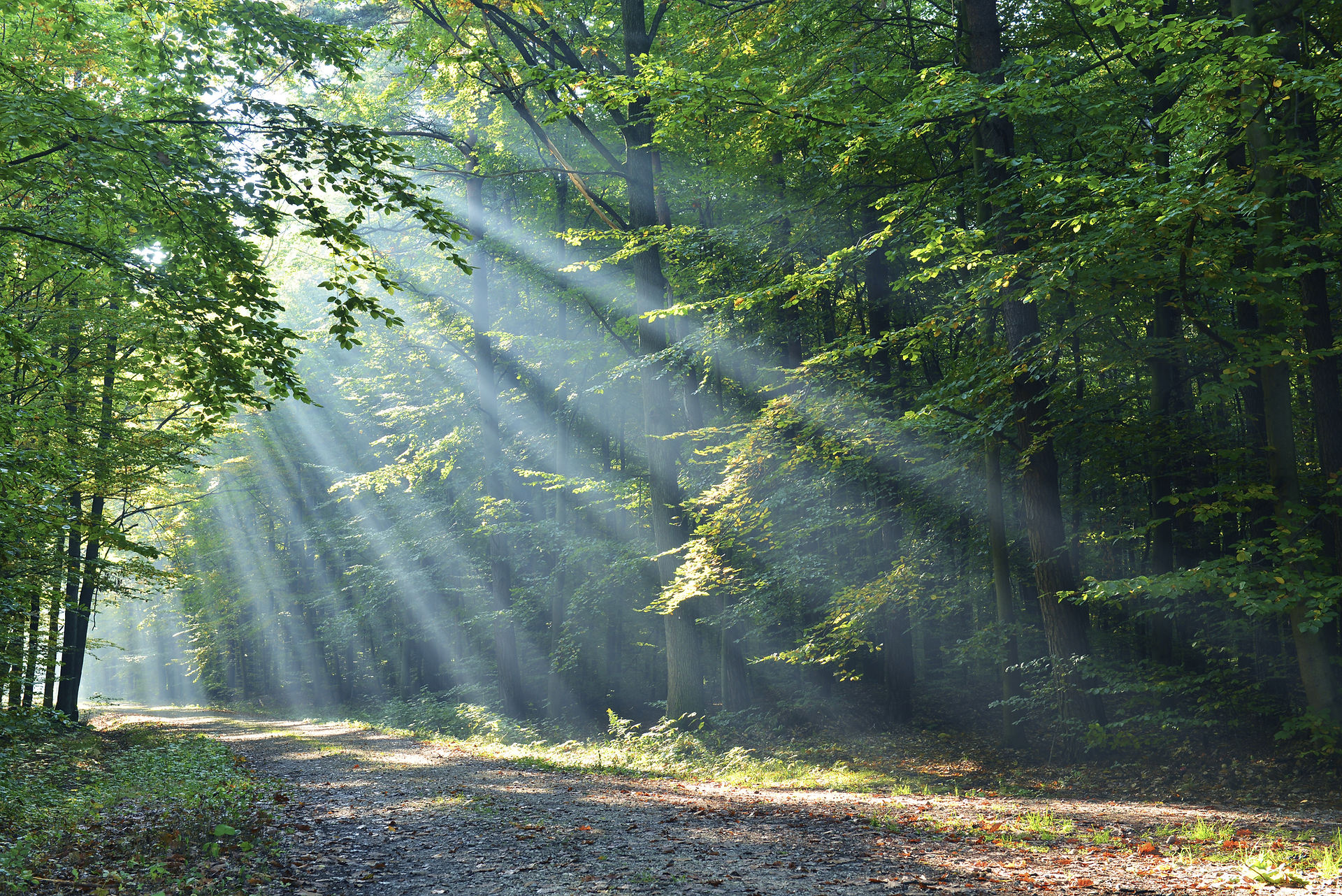- Granny Bonnet

I should think practically everyone in Norwich knows what you mean when you say 'I'm going to the Jenny Lind.' Do you?
Many years ago when my children were small, I had cause to visit 'The Jenny' in Norwich. I am referring of course to the children's hospital, an attractive red-brick building on a garden-like corner plot in Unthank Road. I did not know then that the land was a gift from Mr. Jeremiah Coleman, nor did I know why it was called the Jenny Lind and apart from the welcoming sight of a beautiful dapple-grey rocking horse, I have little detailed recall of its interior or why I was there.
The children's hospital left that site and was incorporated into the West Wing of the newly-built Norfolk and Norwich Hospital at Colney in 2001. Still called the Jenny Lind, it tends to over 60,000 in- and out-patients a year, a far cry from the 51 and 250 it took on in its first year in 1854. Since then it has cared for over 4,000,000 children from across the region.
Its history began back in 1847 when the Swedish singing sensation, Jenny Lind first came to Norwich. An international star who had toured America with the famous P.T. Barnum, who had flowers thrown at her feet by Queen Victoria, and was admired by great composers of her day, was in the city on a provincial tour of England! The streets heaved with people, church bells rang out and she even had a gun salute. Her concerts were sell-outs and after her wonderful welcome and performance, she arranged to return two years later. True to her word and whilst staying with Bishop Stanley of Norwich, she gave two more concerts at St. Andrew's Hall donating the takings to charity. A children's hospital was sorely needed and with the money, an old house in Pottergate, Norwich was bought which opened to its first young patients and mothers due to give birth in 1854. This they called The Jenny Lind Infirmary for Sick Children and it was only the second in the country devoted to children after Great Ormond Street Hospital in London. It was when this building became delapidated and out-grown that the purpose-built hospital was established on Unthank Road.
Jenny Lind herself had been discovered by chance when a passer-by in Stockholm heard her singing. At nine years old, she subsequently became the youngest person ever to gain a scholarship to the Swedish Opera House and it was after Hans Christian Andersen wrote a story called The Nightingale about her that forever after she was known as The Swedish Nightingale. Born out of wedlock, moved between different relations as a young child, Jenny suffered ill-health and anxiety at the age of seventeen shortly after taking the operatic world by storm. She lost her voice and it was only with careful nursing that she recovered it. Perhaps it was gratitude that led to her generosity wherever she performed around the world. Certainly Norwich will never forget her and many youngsters and their parents have cause to give thanks to a modest yet world-acclaimed soprano who never forgot to think of others less fortunate than herself.
Jenny Lind wrote to the chair of the hospital management committee:
“Of all the money which God allowed me to give away when my poor throat could call an audience to listen to it’s production. None has borne a more nobler fruit than the Jenny Lind Hospital of Norwich.”
Johanna Maria "Jenny" Lind born 6 October 1820 died on 2nd November, 1887 in Herefordshire England.







